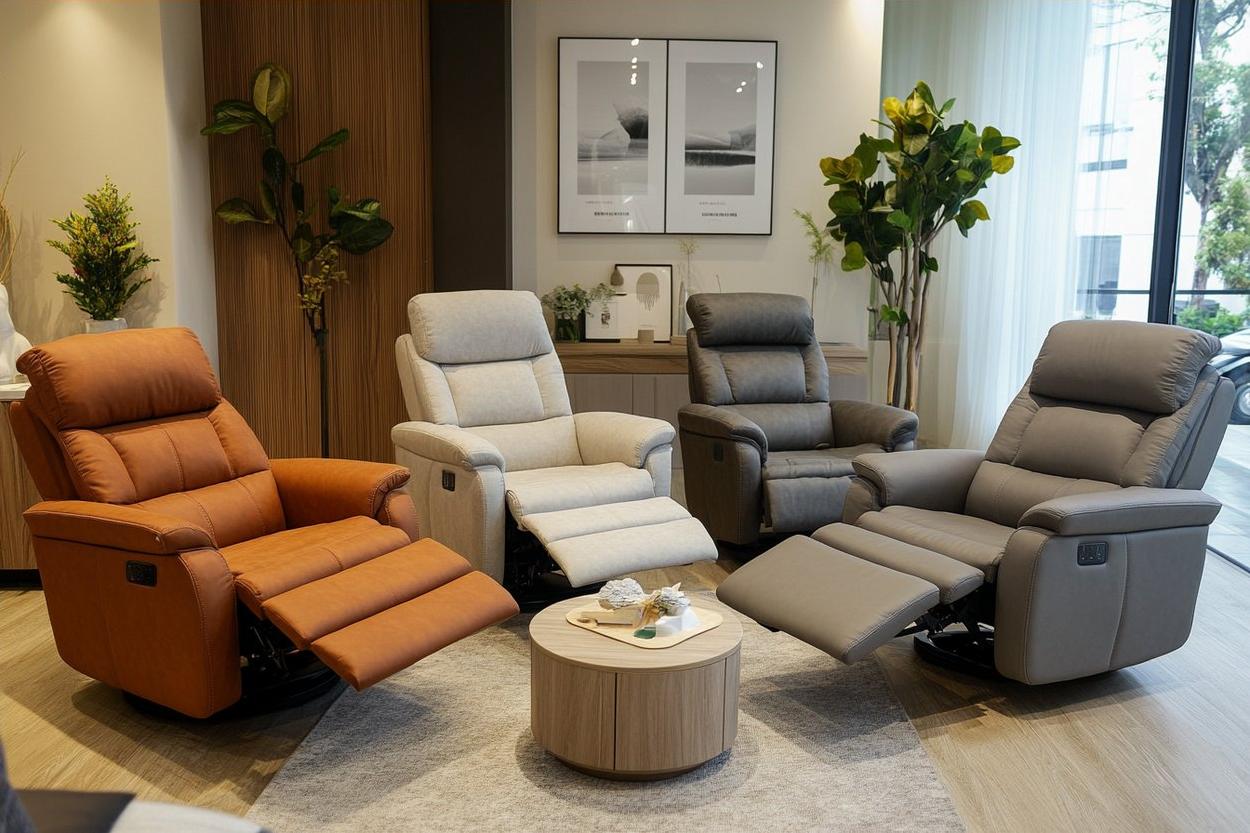Reviving the Art of Conversation Pits: A Modern Twist on Retro Design
In the realm of interior design, what's old often becomes new again. The latest trend making waves in home decor circles is the resurrection of a beloved 1970s staple: the conversation pit. This sunken seating area, once a hallmark of mid-century modern homes, is experiencing a renaissance, reimagined for the 21st century with fresh aesthetics and functionality.

The conversation pit, a sunken seating area typically found in living rooms, was once the epitome of chic entertaining spaces. Today, it’s making a comeback, appealing to homeowners seeking unique, intimate gathering spots that foster face-to-face interaction. This revival isn’t just about nostalgia; it’s a response to our increasingly digital world, offering a dedicated space for genuine human connection.
A Brief History of the Conversation Pit
The concept of sunken living spaces dates back to ancient times, but the modern conversation pit emerged in the 1950s. Pioneering architects like Eero Saarinen popularized the design, integrating it into iconic homes such as the Miller House in Columbus, Indiana. These sunken areas, often featuring built-in seating, became synonymous with sophisticated socializing and cutting-edge design.
By the 1970s, conversation pits had reached peak popularity, appearing in homes across America. However, their reign was short-lived. As the 1980s dawned, these once-coveted features fell out of favor, often filled in or covered up by subsequent homeowners.
The Modern Revival: Why Now?
Several factors contribute to the resurgence of conversation pits in contemporary homes. First, there’s a growing desire for spaces that encourage face-to-face interaction, counterbalancing our technology-driven lifestyles. These intimate seating areas provide a natural gathering point, free from the distractions of screens and devices.
Additionally, the current trend towards open-plan living has created a need for defined spaces within larger rooms. A conversation pit offers a clever solution, delineating a cozy area without the need for walls or partitions. This architectural feature adds depth and interest to open layouts, creating a focal point that draws people in.
Reimagining the Conversation Pit for Today’s Homes
Modern interpretations of the conversation pit differ from their vintage counterparts in several key ways. While retaining the core concept of a sunken seating area, today’s designs often incorporate more flexible layouts and multi-functional elements.
Contemporary conversation pits frequently feature modular seating arrangements that can be reconfigured as needed. This adaptability allows homeowners to adjust the space for different occasions, from intimate gatherings to larger parties. Some designs even incorporate hidden storage within the seating, maximizing functionality in smaller homes.
Integrating Technology Thoughtfully
While the primary purpose of a conversation pit is to foster in-person interactions, modern versions often integrate technology in subtle ways. Concealed charging ports, hidden speakers for ambient music, and clever lighting solutions are common additions. These tech integrations are designed to enhance the experience without dominating the space or detracting from its primary purpose.
Design Considerations for Modern Conversation Pits
When incorporating a conversation pit into a modern home, several design elements should be considered. The depth of the pit is crucial; too deep, and it becomes impractical and potentially hazardous. Most contemporary designs opt for a shallow depression, often just one or two steps down from the main floor level.
Materials play a significant role in updating the look of conversation pits. While shag carpeting might have been de rigueur in the 1970s, today’s versions often feature sleek hardwood floors with plush area rugs, or even poured concrete for an industrial chic vibe. The surrounding seating can range from built-in benches upholstered in luxurious fabrics to collections of modular furniture pieces that can be easily rearranged.
Lighting: Setting the Mood
Lighting is a critical component in modern conversation pit design. Unlike the often dim and moody lighting of vintage sunken living rooms, contemporary versions emphasize versatility. Layered lighting schemes, including ambient, task, and accent lighting, allow the space to transition from bright and energizing during the day to cozy and intimate in the evening.
Many designers are incorporating statement lighting fixtures as focal points above conversation pits. Oversized pendant lights or sculptural chandeliers not only provide illumination but also draw the eye downward, emphasizing the unique architecture of the sunken space.
Overcoming Challenges in Implementation
While conversation pits offer numerous benefits, they do present some challenges, particularly when retrofitting them into existing homes. Structural considerations are paramount, as creating a sunken area requires significant modification to the floor. This can be especially complex in homes with concrete slab foundations or in multi-story buildings.
Safety is another important factor. Modern designs often incorporate subtle lighting along the edges of the pit to prevent trips and falls. Some homeowners opt for removable railings or even glass barriers that can be installed for added security when needed, especially in homes with young children or elderly residents.
The Future of Social Spaces in Home Design
The revival of conversation pits reflects a broader trend in home design towards creating intentional spaces for human interaction. As our lives become increasingly digital, there’s a growing appreciation for areas within the home that encourage unplugged, face-to-face communication.
Looking ahead, we can expect to see further innovations in the concept of conversation pits. Designers are already experimenting with outdoor versions, creating sunken seating areas in gardens and on patios. There’s also potential for these spaces to become more multifunctional, perhaps incorporating elements of home offices or meditation zones, adapting to the evolving needs of modern homeowners.
The resurrection of the conversation pit is more than just a nostalgic nod to the past; it’s a reimagining of how we use space in our homes to connect with one another. By blending retro charm with contemporary design sensibilities and technology, these sunken social hubs are once again becoming the heart of the home, fostering the art of conversation in our increasingly digital world.





